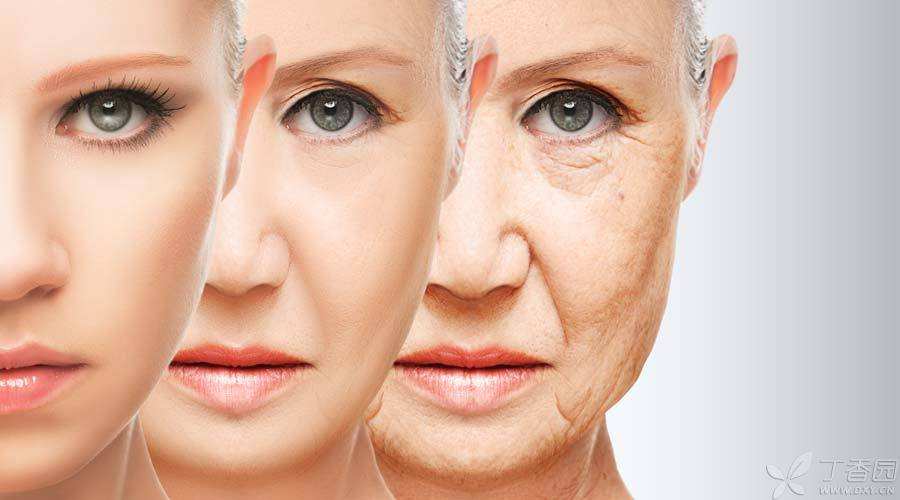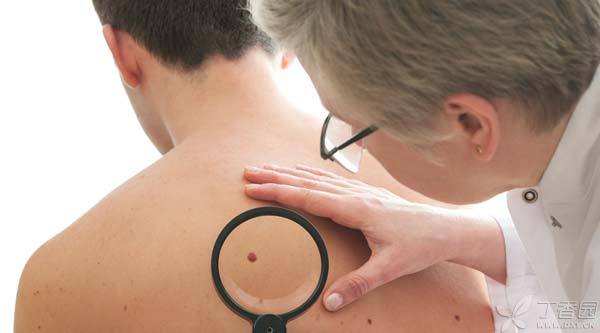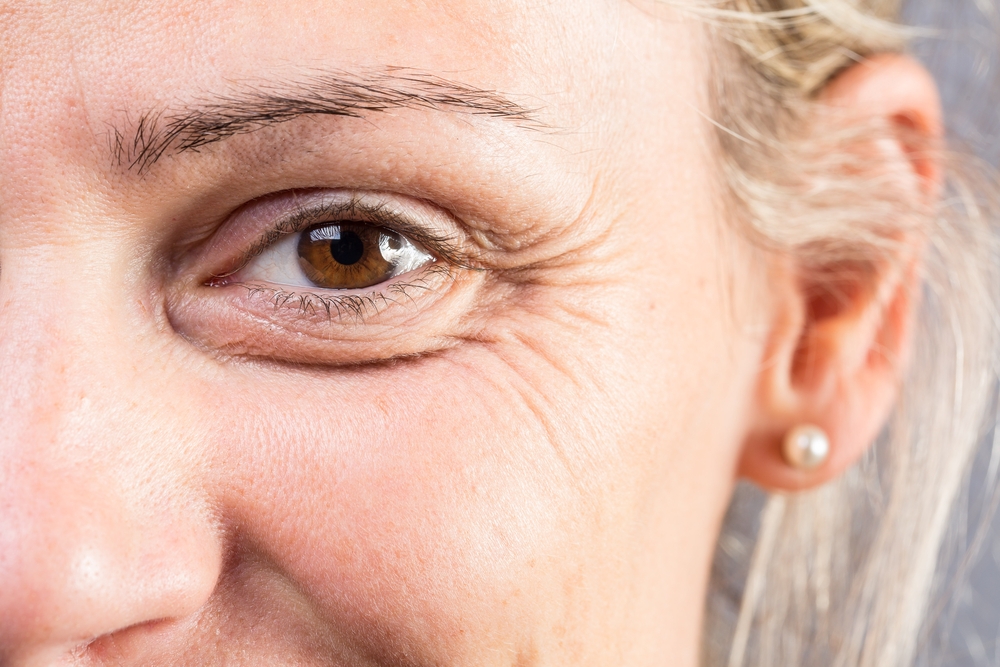
With the growth of age, fine lines and spots quietly appear on the originally tender and watery skin.
The skin is dry and itchy, and I always catch it unconsciously.
The skin is getting thinner and thinner, the subcutaneous fat is gradually lost, and the subcutaneous [veins stand out] (veins) are also winding and becoming more prominent. The skin is no longer as smooth and elastic as before.
Inadvertently left scratches, cuts, or ulcerations, inflammation, also need longer time to repair and heal.
What is going on with these skin problems? Can you do some what to care and delay skin aging?
Skin dryness and itching
Many old friends will encounter the problems of local dry skin and pruritus. Dry skin areas feel rough and sometimes look like fish scales. These areas are usually distributed in the lower legs, elbows and forearms.
There may be many reasons for dry skin, such as:
- The ambient air is too dry and does not take in sufficient water. If you stay in the sun for a long time, ultraviolet rays will cause damage to your skin. Physiological degeneration of skin sweat glands and oil glands; Excessive use of soap, antiperspirant or perfume, too frequent hot bath, hot compress; Dry skin caused by underlying diseases, such as diabetes or kidney diseases; Some drugs may also cause skin pruritus.
Try the following methods to see if they can relieve the symptoms of dry skin and itching:
- Appropriately increase the environmental humidity, such as using humidifiers; Pay attention to sun protection, especially in summer. Reduce the number of baths, choose mild rather than alkaline soap, don’t be too hot in the bath water, and get rid of the habit of hot compress at will. Use skin care products that moisturize and moisturize, such as lotions, creams or skin ointments.
As the skin of the elderly is usually thinner, it is more likely to cause bleeding and even skin infection due to scratching.
Therefore, if the skin is very dry and itchy, it is recommended to consult a dermatologist first to find out the cause of the problem and deal with it properly.
Senile plaque and pendulous wart
Senile plaque refers to flat tan spots that often appear on exposed parts of the skin. Senile plaque often occurs on the face, hands, arms, back and instep and is usually larger than freckles.
Reasonable use of sunscreen products can slow down or prevent the occurrence of senile plaque.
Verticular warts, also known as soft fibromas or dermatophytes, are small soft skin neoplasms, usually flesh-colored, that protrude from the skin surface. They gradually increase with age and are more common in women. Verticular warts are most common in eyelids, neck and skin folds, such as armpits, chest and groins.
If you rub verticula frequently, you may have slight skin irritation symptoms.
Senile plaque and verruca are harmless to the body.
If you think their presence affects your life, consult a dermatologist to see if it is necessary to remove them.

Nevus
Some middle-aged and elderly friends will worry about whether the mole on their bodies will become cancerous. Generally speaking, don’t be too anxious because of this.
Pay more attention to changes on the skin, such as skin hyperplasia, pigmented nevus pain or hemorrhage. When examining pigmented nevus on the body, there is a [ABCDE] examination principle for reference.
- A (Asymmetry) asymmetry (50% malignant nevus, growth looks different from the other half); The boundary of B (Borders) is irregular; C (Color) color changes, or two or more colors appear; D (Diameter) Pigmented nevus with a diameter larger than that of pencil eraser requires special attention. E (Evolving) Pay attention to the changes of nevus size, shape, color and skin characteristics, whether there are itching, pain and other symptoms, whether there are bleeding, ulceration and other phenomena.
If the pigmented nevus has the above situation, seek medical treatment in time and listen to the judgment of the specialist.
If you really feel that you have a mole that worries you, remove it and find peace of mind.
But also, consult a doctor first and remember.
Bruises and wrinkles
Older people are more prone to bruises than younger people, and it takes longer for these bruises to fade away.
This is mostly because the elasticity of the elderly blood vessels becomes poor and fragility increases, which can be damaged after slight injury, resulting in local hemorrhage and ecchymosis. Abnormal platelet count or coagulation function will also lead to bruises.
If you see bruises on your body that you don’t know where they came from, especially when these bruises appear on the body parts covered by clothes, remember to tell the doctor.
Ultraviolet rays in sunlight will make the skin lose elasticity. Gravity will lead to skin relaxation and wrinkles. Bad habits such as smoking and drinking will also accelerate skin aging and wrinkle the skin.
There are many methods that claim to make wrinkles disappear, but facts have proved that most of them are useless. Some even cause further skin damage.
Therefore, if you are worried about your wrinkles, you should consult a dermatologist and listen to professional scientific advice.

Sunscreen Tips
Sunscreen is an effective way to delay skin aging. At the end of the article, some sunscreen tips are provided.
In fact, proper sunshine is good for your health, but in order to keep your skin healthy, you need to pay attention to the following points:
STEP 1 Limit exposure to the sun
Try to avoid outdoor activities when the sun is strongest, such as between 10 a.m. and 4 p.m. in summer. Don’t be blinded by cloudy weather, but sunlight can pass through clouds.
Even if you stay in the water, you may get sunburned. Therefore, you should also pay attention to sun protection when you are in swimming pools and beaches.
Step 2 Use sunscreen
Select a sunscreen with a SPF of 30 or more.
Apply sunscreen 15 to 30 minutes before going out, and reapply sunscreen every 2 hours.
If you are swimming, sweating a lot, or wiping your skin with a towel, you also need to apply sunscreen in time.
Step 3 Use clothes to protect against the sun
Wide-brimmed hats, sunglasses, loose and light long-sleeved shirts and long trousers and skirts are all good choices.
Step 4 Avoid tanning products
Try not to use sunlamps or sunbeds. Do not use all kinds of tanning products that have not been approved by the Food and Drug Administration.
Skin will age with age.
Pay attention to skin changes, pay attention to cleanness, sun protection, moisturizing, etc. Some small details can help delay the process of skin aging and make tender skin stay longer.
Author: Hao Xiaoma
Clove Garden is exclusively authorized and cannot be reproduced without permission.
, Station Cool Hailuo Creative
